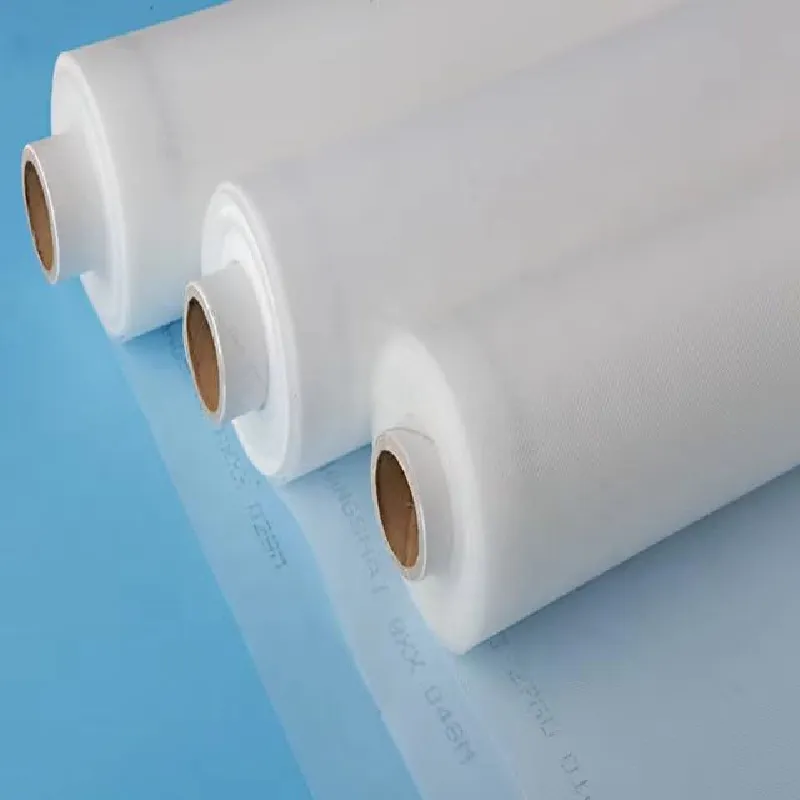-
 Afrikaans
Afrikaans -
 Albanian
Albanian -
 Amharic
Amharic -
 Arabic
Arabic -
 Armenian
Armenian -
 Azerbaijani
Azerbaijani -
 Basque
Basque -
 Belarusian
Belarusian -
 Bengali
Bengali -
 Bosnian
Bosnian -
 Bulgarian
Bulgarian -
 Catalan
Catalan -
 Cebuano
Cebuano -
 China
China -
 Corsican
Corsican -
 Croatian
Croatian -
 Czech
Czech -
 Danish
Danish -
 Dutch
Dutch -
 English
English -
 Esperanto
Esperanto -
 Estonian
Estonian -
 Finnish
Finnish -
 French
French -
 Frisian
Frisian -
 Galician
Galician -
 Georgian
Georgian -
 German
German -
 Greek
Greek -
 Gujarati
Gujarati -
 Haitian Creole
Haitian Creole -
 hausa
hausa -
 hawaiian
hawaiian -
 Hebrew
Hebrew -
 Hindi
Hindi -
 Miao
Miao -
 Hungarian
Hungarian -
 Icelandic
Icelandic -
 igbo
igbo -
 Indonesian
Indonesian -
 irish
irish -
 Italian
Italian -
 Japanese
Japanese -
 Javanese
Javanese -
 Kannada
Kannada -
 kazakh
kazakh -
 Khmer
Khmer -
 Rwandese
Rwandese -
 Korean
Korean -
 Kurdish
Kurdish -
 Kyrgyz
Kyrgyz -
 Lao
Lao -
 Latin
Latin -
 Latvian
Latvian -
 Lithuanian
Lithuanian -
 Luxembourgish
Luxembourgish -
 Macedonian
Macedonian -
 Malgashi
Malgashi -
 Malay
Malay -
 Malayalam
Malayalam -
 Maltese
Maltese -
 Maori
Maori -
 Marathi
Marathi -
 Mongolian
Mongolian -
 Myanmar
Myanmar -
 Nepali
Nepali -
 Norwegian
Norwegian -
 Norwegian
Norwegian -
 Occitan
Occitan -
 Pashto
Pashto -
 Persian
Persian -
 Polish
Polish -
 Portuguese
Portuguese -
 Punjabi
Punjabi -
 Romanian
Romanian -
 Russian
Russian -
 Samoan
Samoan -
 Scottish Gaelic
Scottish Gaelic -
 Serbian
Serbian -
 Sesotho
Sesotho -
 Shona
Shona -
 Sindhi
Sindhi -
 Sinhala
Sinhala -
 Slovak
Slovak -
 Slovenian
Slovenian -
 Somali
Somali -
 Spanish
Spanish -
 Sundanese
Sundanese -
 Swahili
Swahili -
 Swedish
Swedish -
 Tagalog
Tagalog -
 Tajik
Tajik -
 Tamil
Tamil -
 Tatar
Tatar -
 Telugu
Telugu -
 Thai
Thai -
 Turkish
Turkish -
 Turkmen
Turkmen -
 Ukrainian
Ukrainian -
 Urdu
Urdu -
 Uighur
Uighur -
 Uzbek
Uzbek -
 Vietnamese
Vietnamese -
 Welsh
Welsh -
 Bantu
Bantu -
 Yiddish
Yiddish -
 Yoruba
Yoruba -
 Zulu
Zulu
Exploring the Benefits and Applications of Shade Nets in Modern Agricultural Practices for Enhanced Crop Growth
The Role of Shade Nets in Modern Farming
In recent years, the agricultural industry has faced numerous challenges, including climate change, fluctuating temperatures, and increasing pest and disease pressures. As farmers search for innovative solutions to enhance crop productivity and sustainability, shade nets have emerged as a vital tool in modern farming practices. These nets, designed to provide varying degrees of shading, offer a wide range of benefits that can significantly improve agricultural outcomes.
Shade nets, also known as shade cloths, are made from durable materials that can filter sunlight to reduce its intensity. They are available in various densities, allowing farmers to select the appropriate level of shading for different crops. The use of shade nets is particularly beneficial in regions with high solar radiation and extreme weather conditions, helping to create a more controlled microclimate for crops.
The Role of Shade Nets in Modern Farming
In addition to temperature control, shade nets play a crucial role in regulating water usage. By reducing evaporation rates from the soil, these nets help conserve moisture, allowing farmers to use water more efficiently. This is particularly vital in arid regions, where water scarcity is a pressing issue. The reduced evaporation also aids in maintaining humidity levels around the plants, creating an ideal environment for growth and reducing the need for frequent irrigation.
shade net for farming

Furthermore, shade nets provide an effective barrier against pests and birds. Many insects are less active in shaded conditions, which can lead to a decrease in pest populations and reduced reliance on chemical pesticides. This not only promotes a healthier ecosystem but also aligns with sustainable farming practices. Additionally, shade nets deter birds from feasting on ripe fruits and vegetables, resulting in less crop loss and increased yields.
Another critical benefit of shade nets is their impact on fruit quality. Some fruits, such as grapes, can suffer from sunburn or scalding when exposed to intense sunlight. By using shade nets, farmers can produce higher-quality fruits with better color, flavor, and texture. This is particularly important for organic growers, who aim to meet consumer demands for high-grade, pesticide-free produce.
The installation of shade nets is relatively straightforward and can be tailored to fit specific farm layouts and crop types. Farmers can employ fixed structures or movable frames to position the nets according to their needs, ensuring optimal light exposure and protection. With the advancing technology of shade net materials, farmers now have access to UV-resistant and long-lasting options that can withstand harsh environmental conditions.
In conclusion, shade nets are proving to be an indispensable resource for modern agriculture. Their multifaceted benefits, including temperature control, water conservation, pest management, and enhanced fruit quality, make them an essential tool for farmers aiming to optimize their production while adopting sustainable practices. As the agricultural landscape continues to evolve, the implementation of shade nets will undoubtedly play a crucial role in ensuring food security and environmental stewardship. By investing in this innovative solution, farmers can navigate the challenges of today's agricultural demands and pave the way for a more resilient future.
-
Shipping Plastic Bags for Every NeedNewsJul.24,2025
-
Safety Netting: Your Shield in ConstructionNewsJul.24,2025
-
Plastic Mesh Netting for Everyday UseNewsJul.24,2025
-
Nylon Netting for Every UseNewsJul.24,2025
-
Mesh Breeder Box for Fish TanksNewsJul.24,2025
-
Expanded Steel Mesh Offers Durable VersatilityNewsJul.24,2025











